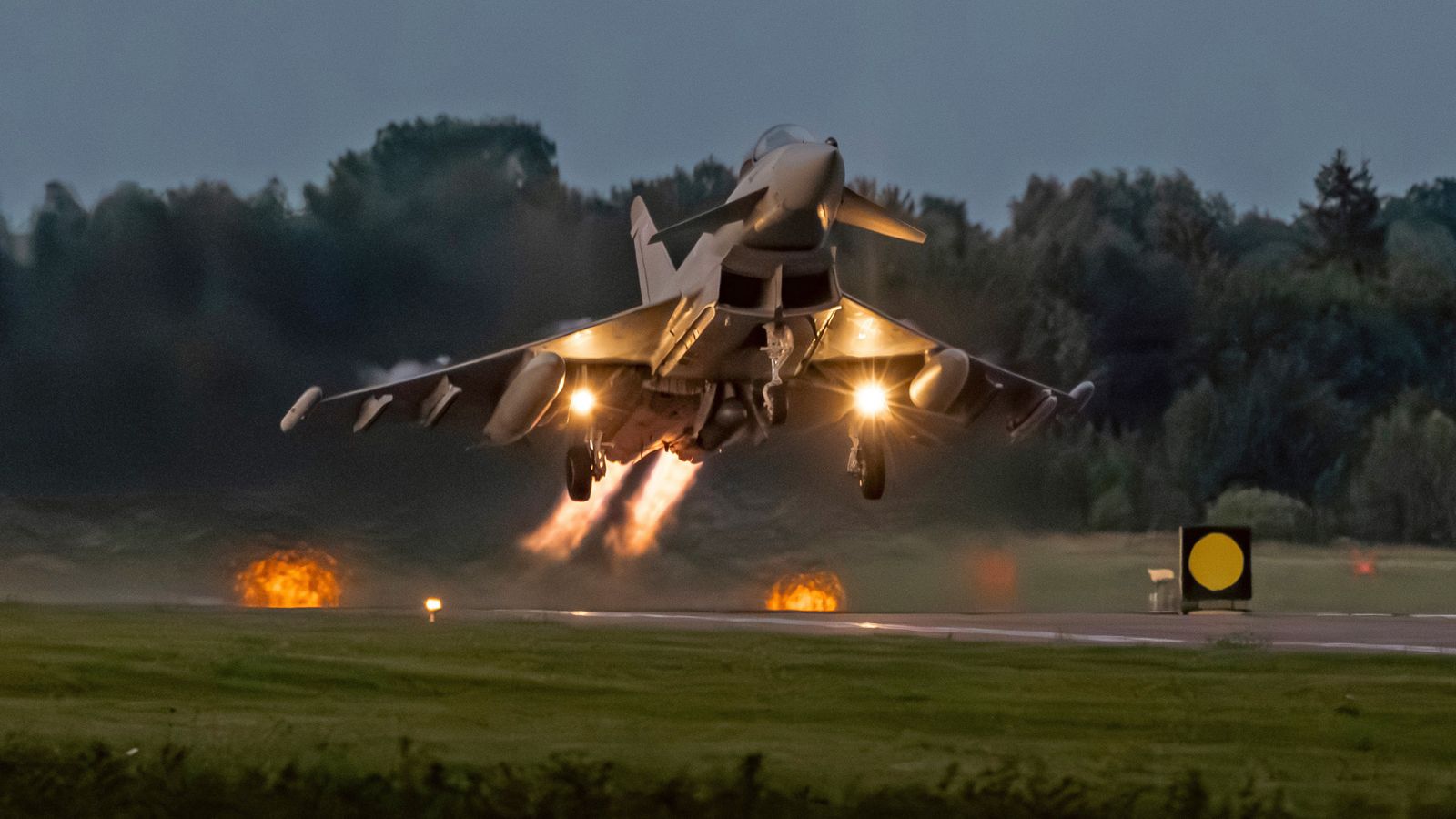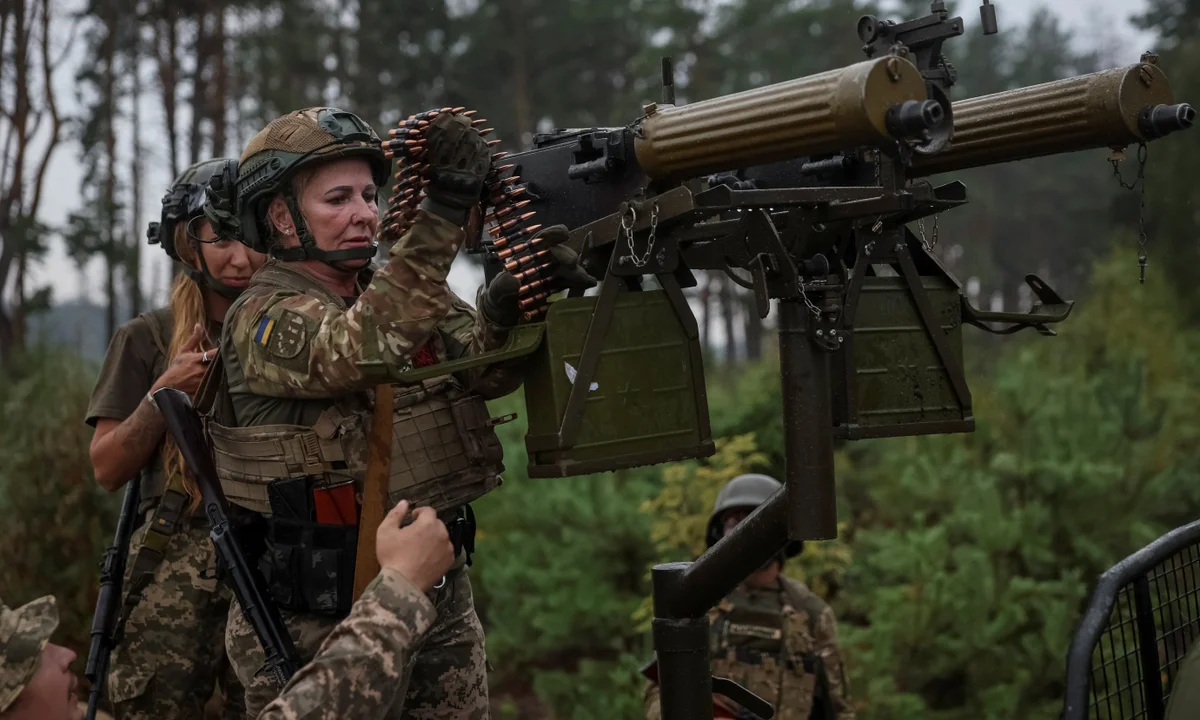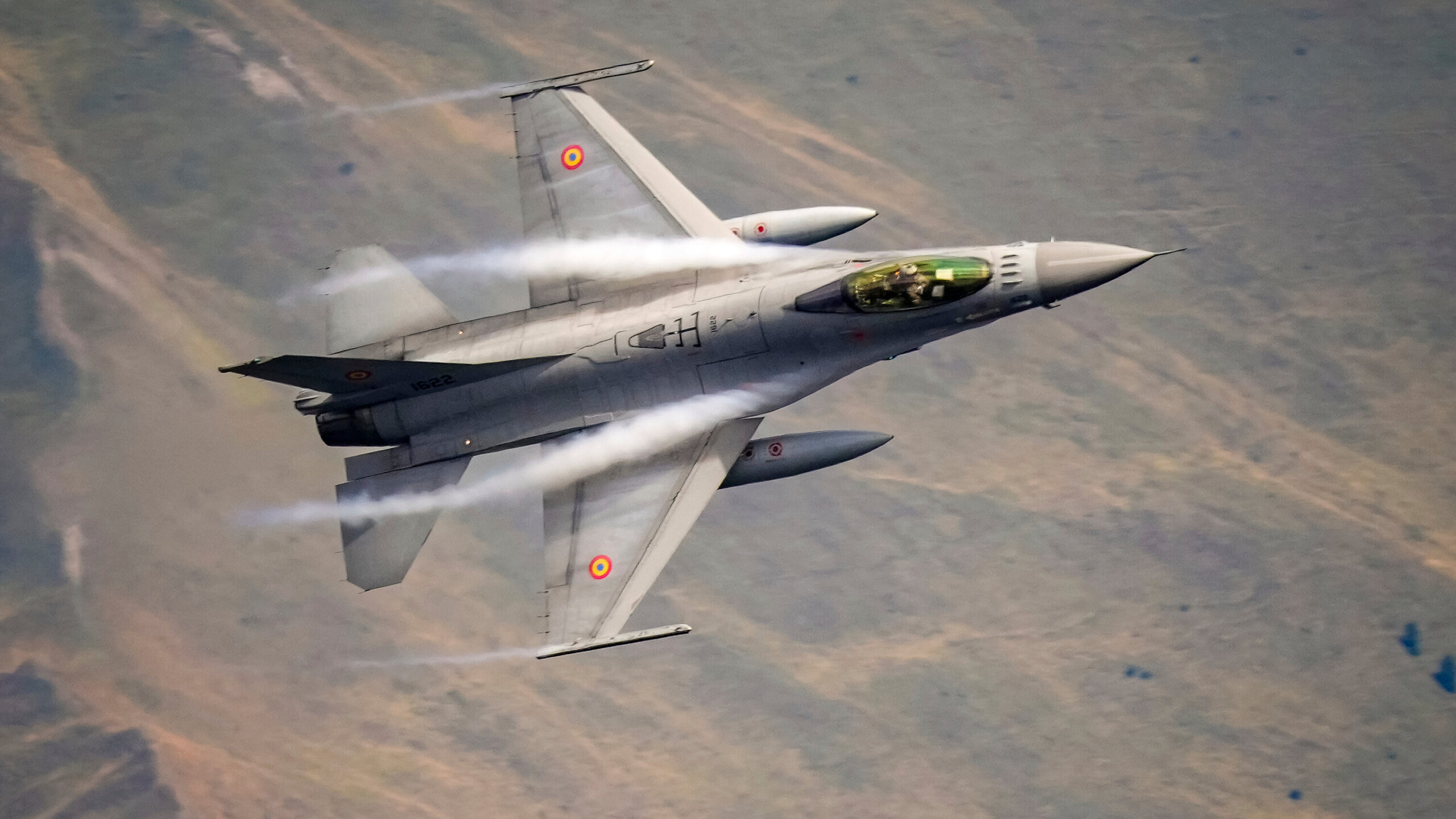Introduction to NATO’s Eastern Sentry Mission
On September 15, 2025, the United Kingdom announced that Royal Air Force (RAF) Typhoon fighter jets would join NATO’s Eastern Sentry mission, a significant move to bolster air defence over Poland. This deployment follows recent Russian drone incursions into Polish and Romanian airspace, marking a critical escalation in NATO’s response to regional tensions. This article explores the mission’s context, implications, and what it means for European security, weaving together firsthand insights, expert analysis, and a touch of human perspective to make sense of this unfolding story.
Why Are UK Fighters Deploying to Poland?
The Trigger: Russian Drone Incursions
Last week, Poland reported that 19 Russian drones, identified as Gerbera decoy drones, violated its airspace on September 9, 2025. This incident, described by Polish Prime Minister Donald Tusk as bringing Poland “the closest we have been to open conflict since World War Two,” prompted NATO to activate Article 4 consultations. The UK’s decision to deploy Typhoons is a direct response to these violations, aiming to deter further Russian aggression.
The incursion wasn’t an isolated event. Romania also reported a Russian drone entering its airspace over the weekend, intercepted by F-16 jets. These events have heightened fears of escalation, pushing NATO to strengthen its eastern flank. The UK’s Typhoons, based at RAF Coningsby in Lincolnshire, will join allied forces from Denmark, France, and Germany to patrol Polish skies, supported by RAF Voyager refuelling aircraft from Brize Norton.
NATO’s Eastern Sentry Mission Explained
The Eastern Sentry mission, launched by NATO on September 12, 2025, is a strategic response to Russian airspace violations. Unlike routine air policing, this operation focuses on countering immediate aerial threats, particularly drones. It involves a multinational coalition, with the UK’s Typhoons working alongside Danish F-16s, French Rafales, and German Eurofighters, reinforcing NATO’s commitment to collective defence.
This mission is not just about muscle-flexing. It’s a signal to Moscow that NATO is united and ready to respond. As Defence Secretary John Healey put it, “The message to Moscow is clear: Putin has tested NATO, NATO has responded with unity.” The operation underscores the alliance’s resolve to protect every inch of its territory, especially amid Russia’s ongoing war in Ukraine.
The Role of RAF Typhoon Jets
What Makes the Typhoon Ideal for This Mission?
The Eurofighter Typhoon is a cutting-edge multirole fighter jet, equipped with advanced sensors and weapons systems, making it perfect for air defence missions. Its ability to detect, track, and intercept aerial threats, including drones, ensures it can handle the unpredictable nature of modern warfare. Stationed at RAF Coningsby, these jets form the backbone of the UK’s Quick Reaction Alert (QRA) force, ready to respond 24/7.
Operating from Lincolnshire, the Typhoons can reach Poland in about 90 minutes, supported by Voyager air-to-air refuelling aircraft to extend mission duration. This setup allows for rapid deployment without compromising the UK’s domestic air defence capabilities. The jets’ versatility and speed make them a formidable asset in deterring Russian provocations.
Previous RAF Deployments to Poland
This isn’t the UK’s first rodeo in Poland. Between April and July 2025, six RAF Typhoons were stationed there as part of NATO’s enhanced air policing mission. They logged nearly 500 flying hours and conducted 20 scrambles, showcasing their operational readiness. The current deployment builds on this experience, but the stakes are higher due to the recent drone incidents.
I remember speaking with a friend in the RAF a few years back, who described the adrenaline of a scramble—jets roaring into the sky within minutes of an alert. It’s a high-stakes job, and knowing these pilots are now patrolling Polish skies adds a personal layer to the story. Their training and precision are what make missions like Eastern Sentry possible.
The Broader Context: Tensions in Eastern Europe
Russia’s Aggression and NATO’s Response
Russia’s invasion of Ukraine, now in its third year, has spilled over into NATO territory through these drone incursions. While Moscow denies deliberate intent, claiming the drones were unarmed decoys, the incidents have rattled Poland and its allies. The violation of Polish airspace by 19 drones was the most significant breach of NATO territory since the Ukraine conflict began in February 2022.
NATO’s response has been swift and coordinated. The North Atlantic Council met on September 10, 2025, following Poland’s Article 4 request, which allows members to raise security concerns. Allies expressed full solidarity with Poland, and the Eastern Sentry mission was born. Beyond the UK, Spain, Italy, and Sweden have pledged additional support, with Spain offering two fighter jets and a tanker aircraft.
Why Poland? The Geopolitical Hotspot
Poland’s position on NATO’s eastern flank makes it a frontline state in the face of Russian aggression. Sharing borders with Ukraine, Belarus, and Russia’s Kaliningrad enclave, Poland is uniquely vulnerable to spillover from the Ukraine conflict. The recent drone incidents, coupled with Russia’s joint military exercises with Belarus (Zapad 2025), have heightened fears of escalation.
As someone who’s followed European geopolitics for years, I can’t help but feel a knot in my stomach when I think about Poland’s position. It’s like living next to a neighbor who keeps testing your boundaries—except this neighbor has drones and a history of unpredictability. Poland’s call for NATO support is a natural response to this pressure.
Comparing NATO’s Air Defence Capabilities
Typhoon vs. Allied Aircraft: A Quick Comparison
The Eastern Sentry mission brings together a diverse fleet of NATO aircraft. Here’s how the UK’s Typhoons stack up against their counterparts:
| Aircraft | Country | Key Features | Role in Eastern Sentry |
|---|---|---|---|
| Eurofighter Typhoon | UK | Advanced radar, high-speed interception | Primary air defence, drone interception |
| F-16 | Denmark | Versatile, proven in combat | Support for air patrols, rapid response |
| Rafale | France | Multirole, nuclear-capable | Enhanced deterrence, air superiority |
| Eurofighter | Germany | Similar to UK Typhoon, robust sensors | Coordinated patrols, threat detection |
| F-35 | Netherlands | Stealth, advanced situational awareness | Strategic oversight, high-threat scenarios |
Each aircraft brings unique strengths, creating a layered defence system. The Typhoon’s speed and sensor suite make it ideal for quick intercepts, while the F-35’s stealth capabilities add a strategic edge. This mix ensures NATO can respond to a range of threats, from drones to potential manned aircraft.




